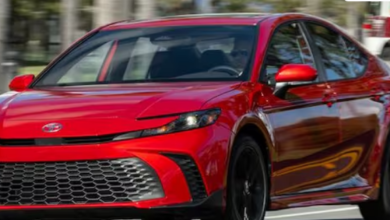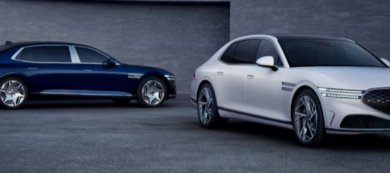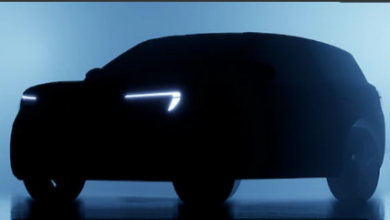The Grand Shift to Tesla’s Charging Port: Unveiling the NACS Migration

A profound transformation is underway in the NACS Migration automotive landscape, and you might not have fully grasped its magnitude yet. The electric vehicle (EV) revolution is on the horizon, and whether you embrace or resist it, every major automaker is orchestrating substantial plans to electrify at least half, if not more, of their vehicle portfolios by 2030.
NACS Migration
The gravity of this shift is exemplified by legislative actions in states like California and New York, where laws have been enacted to ban the sale of new internal combustion engine (ICE) vehicles by 2035.
While this commitment to sustainability is commendable, a critical challenge looms on the horizon: infrastructure. For the EV revolution to reach its full potential, manufacturers must address the pressing need for an extensive and efficient charging infrastructure. It’s a formidable hurdle that demands innovative solutions.
In this pursuit, numerous automakers are turning their attention to Tesla as a benchmark and potential collaborator. Tesla has not only revolutionized the EV market but has also established a robust Supercharger network, setting a high standard for charging convenience and accessibility. Recognizing the need for a similar infrastructure, manufacturers are exploring partnerships or initiatives to emulate Tesla’s success.
The success of the EV revolution hinges not only on the proliferation of electric vehicles but also on creating an ecosystem that supports their widespread adoption. Collaborative efforts and strategic partnerships, potentially with Tesla, could pave the way for a unified and efficient charging network, addressing the infrastructure gap that threatens to impede the progress of the EV revolution.
As the industry navigates this transformative period, the race is on to harness the collective power of automakers and innovative leaders to build the infrastructure necessary for an electrified automotive future.




